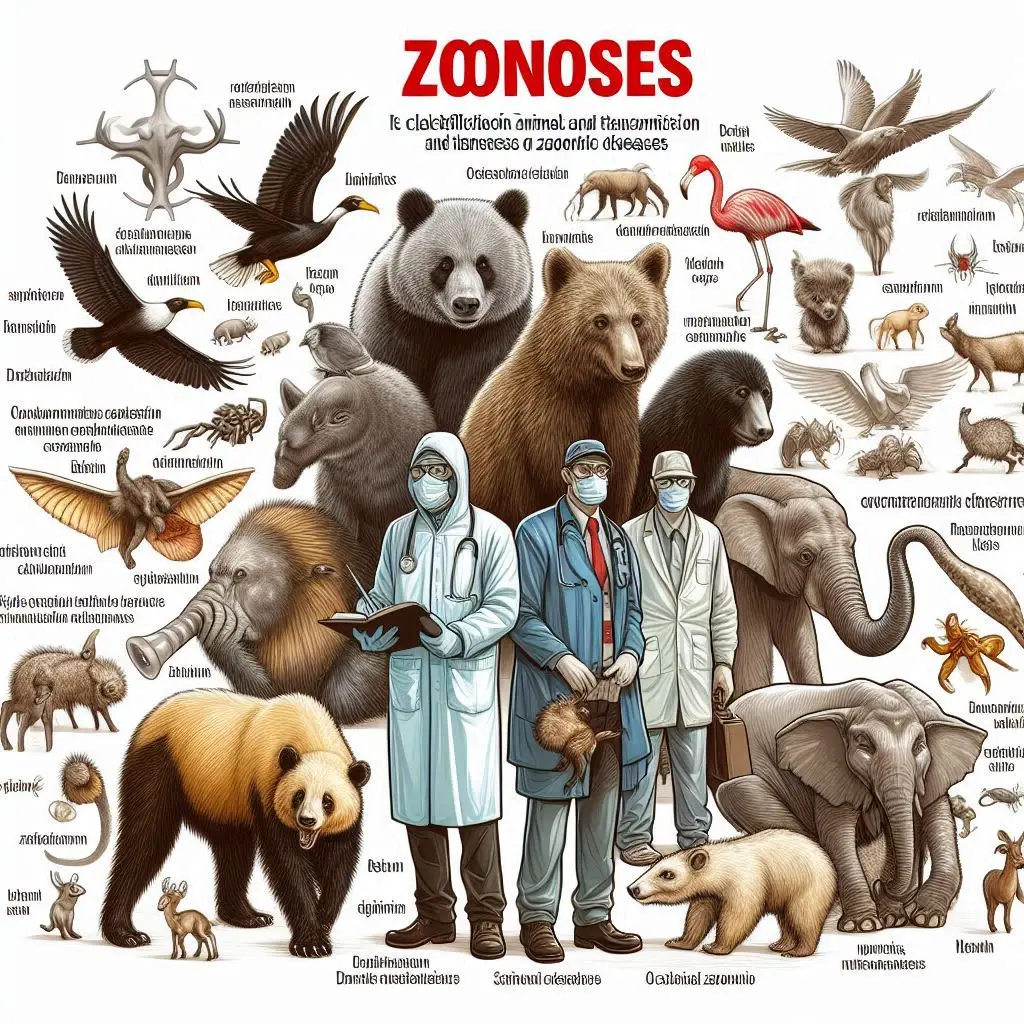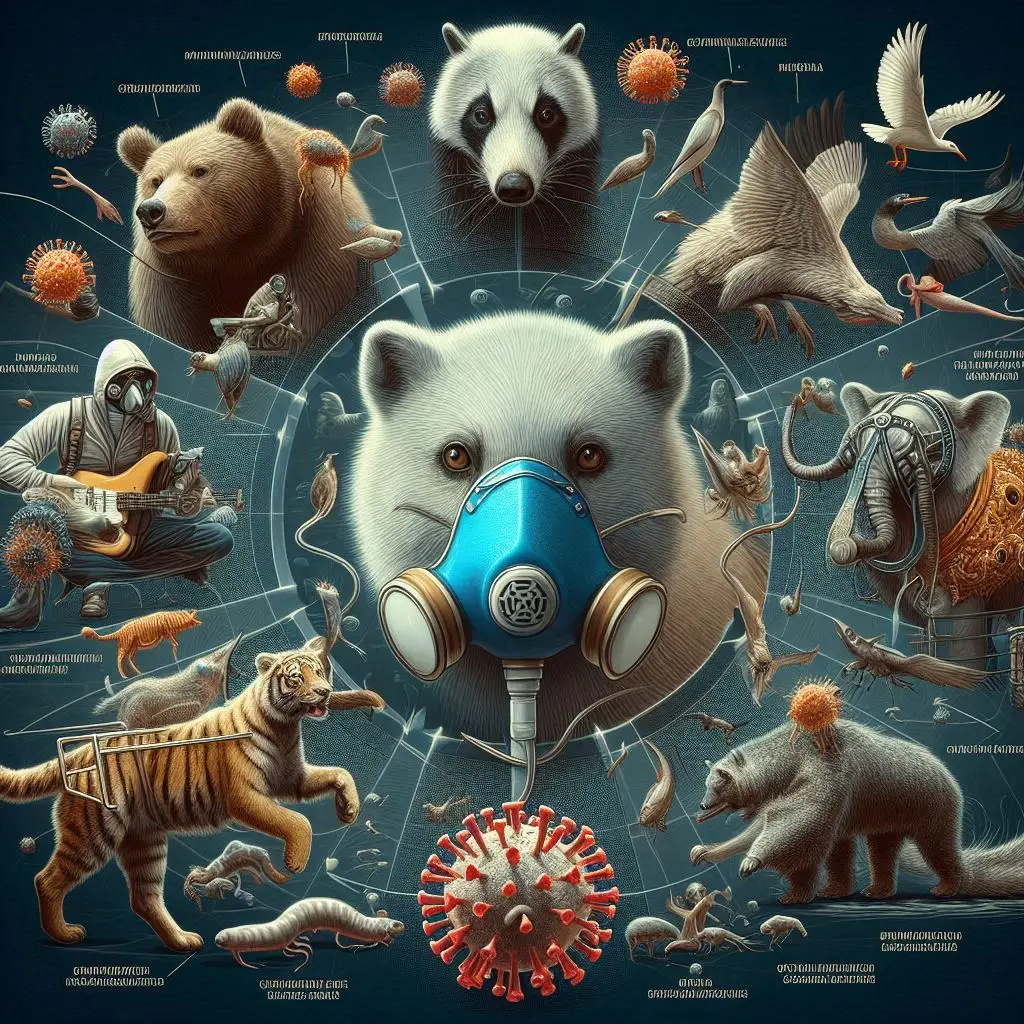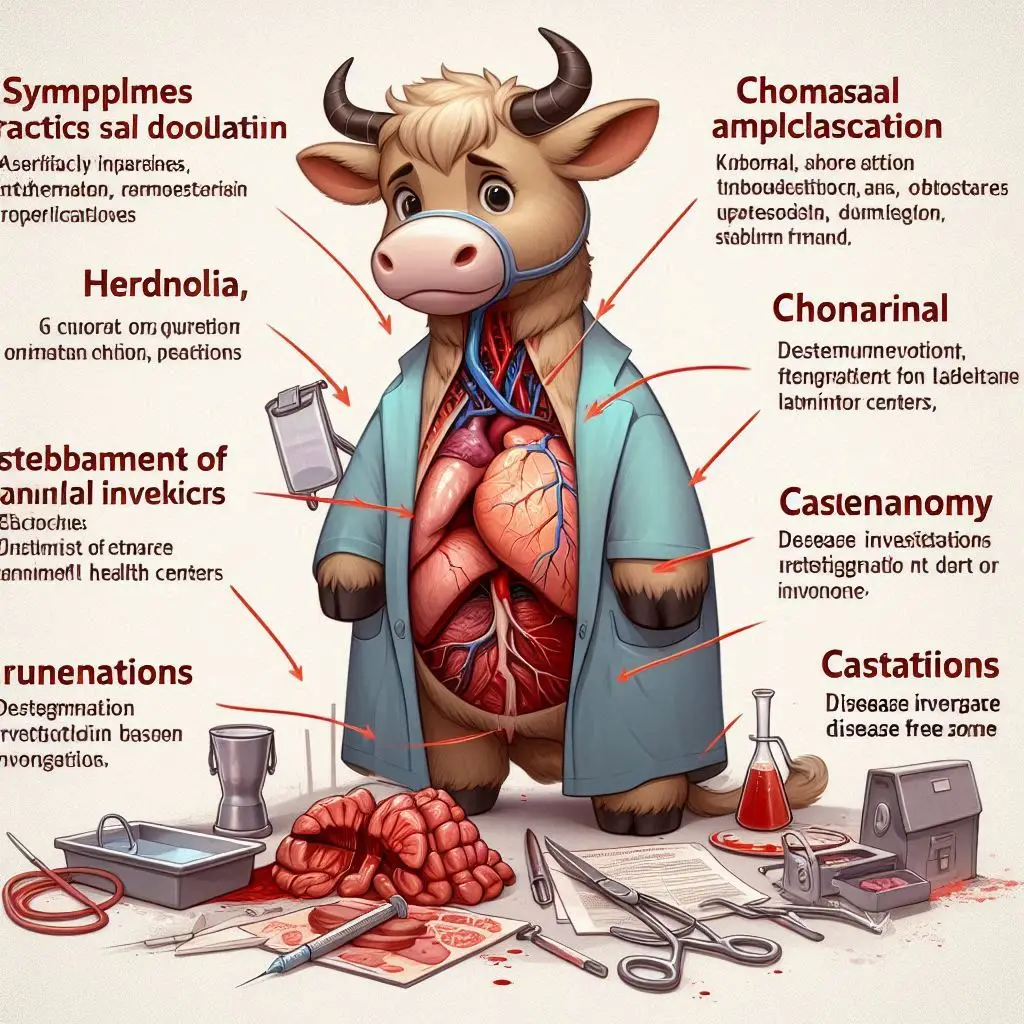Zoonoses: Emerging Threats at the Animal-Human Interface

Introduction
Zoonotic diseases, also known as zoonoses, are infections that can be transmitted between animals and humans. These diseases are caused by a variety of pathogens, including bacteria, viruses, parasites, and fungi. In recent decades, zoonotic diseases have emerged as a major public health concern, with over 60% of emerging infectious diseases being zoonotic in origin.
Types and Transmission of Zoonotic Diseases
Zoonotic diseases can be classified into several categories based on their transmission routes:
Direct Contact
Direct contact zoonoses occur when humans come into contact with the bodily fluids of infected animals, such as saliva, blood, or feces. Examples include rabies and leptospirosis.
Indirect Contact
Indirect contact zoonoses involve touching contaminated surfaces or areas where infected animals have lived. Common sources include pet habitats, farms, and environments where wild animals roam.
Vector-borne
Some zoonotic diseases are transmitted through vectors like ticks, mosquitoes, or fleas. Diseases such as Lyme disease and West Nile virus fall into this category.
Foodborne
Zoonoses can also be acquired through contaminated food products, such as undercooked meat or unpasteurized dairy. Salmonella and E. coli are notable examples.
Waterborne
Contaminated water sources can also spread zoonotic diseases, particularly those associated with animal waste.
Risk Factors for Zoonotic Diseases
Certain groups are at higher risk for zoonotic infections, including:
- Children under 5 years old
- Adults over 65
- Individuals with weakened immune systems
- Pregnant women
These groups should take extra precautions when interacting with animals or environments where animals are present.
Common Zoonotic Diseases
Some well-known zoonotic diseases include:
Rabies
A viral disease that affects the nervous system and is almost always fatal once symptoms appear.
Lyme Disease
Transmitted by ticks, it can cause severe symptoms but is treatable with antibiotics.
Salmonella
Often linked to reptiles and undercooked food, it can cause gastrointestinal illness.
Psittacosis
A bacterial infection from birds that can lead to pneumonia in humans.
Ebola
A severe viral infection that has a high mortality rate and is transmitted from animals like bats to humans.
Economic Impact of Zoonotic Diseases
Zoonotic diseases pose a tremendous economic burden to humans due to the loss of diseased animals and agricultural production, cost of prevention, and treatment, as well as debilitation and productivity losses. In the United States, the total yearly cost of foodborne illnesses was estimated to be between $1.5 and $2.7 billion, with salmonellosis and campylobacteriosis accounting for the majority of the costs.In Mexico, porcine cysticercosis was reported to be responsible for a loss of more than one-half of the national investment in swine production and for more than $17 million annually in hospitalization and treatment costs for humans with neurocysticercosis. For all of Latin America, porcine cysticercosis accounted for an economic loss of $164 million. In Africa, losses of $1–2 billion per year due to bovine cysticercosis have been reported.
Prevention and Control of Zoonotic Diseases
Preventative measures to reduce the risk of zoonotic diseases include:
- Practicing good hygiene, such as thorough handwashing after handling animals
- Ensuring pets are vaccinated and healthy
- Avoiding contact with wild or exotic animals
- Properly cooking food and avoiding unpasteurized products
- Using insect repellent to prevent vector-borne diseases
- Maintaining a clean environment for pets and properly disposing of animal waste
- Seeking prompt medical attention for any animal bites or scratches
Veterinarians play a crucial role in investigating zoonosis outbreaks, establishing surveillance systems in animal populations, reducing disease prevalence in domestic animals, and monitoring wildlife. They serve as a vital link between physicians, ecologists, and environmental specialists in the prevention and control of zoonotic diseases.
The Role of One Health in Addressing Zoonotic Diseases
The One Health approach recognizes that the health of humans, animals, and the environment are interconnected. This interdisciplinary collaboration between human and animal health sectors is essential for effectively preventing, detecting, and responding to zoonotic disease threats.Key components of the One Health approach include:
- Improving surveillance and early warning systems for zoonotic diseases
- Strengthening laboratory diagnostic capacities for novel pathogens
- Enhancing biosecurity measures in animal production and trade
- Promoting responsible use of antimicrobials in both human and veterinary medicine
- Addressing the social, economic, and environmental drivers of zoonotic disease emergence
- Fostering international cooperation and information sharing among countries
The Impact of Climate Change on Zoonotic Diseases
Climate change is expected to significantly influence the emergence and spread of zoonotic diseases. Warming temperatures, changes in precipitation patterns, and habitat destruction can alter the distribution and abundance of disease vectors and animal reservoirs, leading to increased contact with human populations.For example, climate change may facilitate the northward expansion of agricultural regions, which are associated with the emergence of more than 50% of zoonotic infectious diseases in humans. As opportunities for agriculture and other industries increase with the warming of high latitude regions, there is potential for disruption and dramatic change of these ecosystems from an influx of people, domestic livestock, and pets, and the disease agents they harbor.
Conclusion
Zoonotic diseases represent a growing public health threat, with the potential for rapid global spread due to factors such as climate change, land-use changes, and increased human-animal interactions. Addressing these emerging challenges requires a collaborative, interdisciplinary approach that integrates human and animal health, as well as environmental considerations.
For more pearls of Vets Wisdom:
https://wiseias.com/partitioning-of-food-energy-within-animals/






Responses